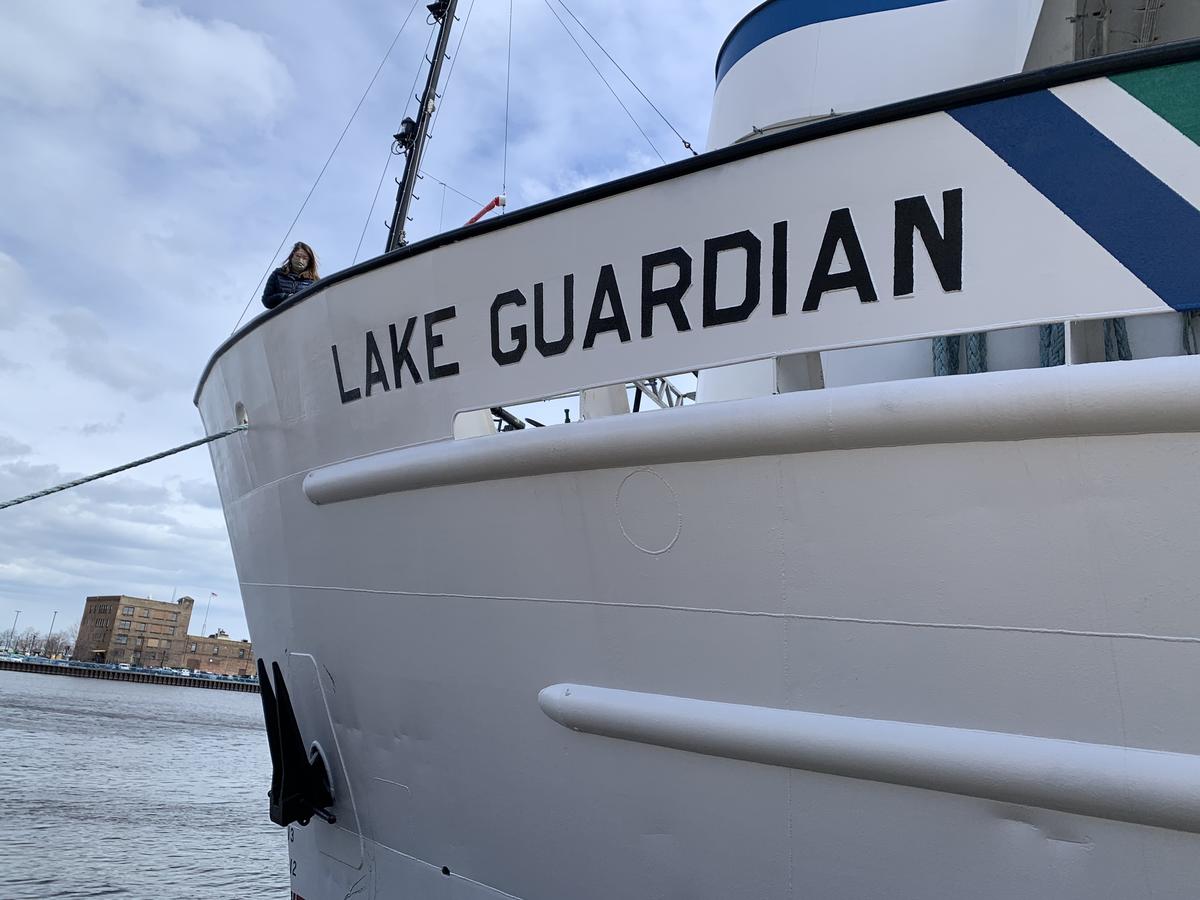The grant is part of the Great Lakes Restoration Initiative (GLRI) and is part of a larger effort to restore and protect this important freshwater resource.
The Great Lakes Biology Monitoring Program was initiated in 1983 to assess the health of the Great Lakes. NRRI has been involved for 15 years collecting and analyzing phytoplankton communities to understand the trajectory of stressors – nutrient pollution, invasive species, climate change – on this ecosystem. Phytoplankton are the microscopic algae that make up a critical “food” resource at the base of the Great Lakes ecosystem. Data from these monitoring and research activities will inform water quality and fisheries management decisions.

“This monitoring program is vital to understanding the long-known and emerging threats to the Great Lakes so that we can protect and enhance water quality and ecosystem health,” said Euan Reavie, NRRI Water Research Group Manager and Senior Research Associate. “Informed decisions based on scientific data will improve management outcomes that benefit wildlife and people.”
Background
Great Lakes Restoration Initiative projects are funded to support the goal of protecting and restoring the chemical, physical and biological integrity of the Great Lakes Basin.
Recent environmental stress, including invasive mussels, warming and pollution, have influenced Great Lakes biology. For instance, some lakes are experiencing harmful algal blooms due to excess nutrients in runoff. Other lakes are experiencing a loss of deep-water fish because invasive mussels are wiping out the food sources of tiny invertebrates and young fish. These impacts are driven by disruptions to the health of microscopic plankton communities that support major ecological processes in the lakes.
NRRI’s role will be to track how the phytoplankton are changing, identify reasons for these changes, and make management recommendations. What can we do better to ensure the best lake quality? What is Great Lakes ecology going to look like in the future?
